The fiberglass Scamp camper is one of America’s greatest ways to enjoy RVing without worrying about water leaks or paying ridiculous prices. Just hitch up one of Scamp’s little white eggs to your car or small crossover and hit the road. Back in the 1980s, Scamp somehow improved on its great formula by making a motorhome. This is the Scamp Mini Motor Home, and it pairs one of America’s greatest small campers with one of America’s greatest small trucks.
America’s RV buyers are experiencing a sort of compact camper fever right now. An increasing number of buyers are saying ‘no’ to gigantic and pricy motor coaches and instead are buying up camper vans and mini motorhomes that offer everything that they want, but in a form factor that can fit in a parking space and won’t handle like a transit bus. The RV industry — both small and large companies — is responding with smaller, more affordable rigs. But you don’t have to buy new to enjoy a scaled-down RVing.
If you’ve never heard of the Scamp Mini Motor Home before, it’s because these coaches are ridiculously rare. I’ve been wanting to write about the Scamp Mini Motor Home ever since I joined the Autopian. Yet, these campers are so rare that I haven’t found a single one for sale in the time since. That changed today, when my search finally bore fruit. This 1985 Scamp Mini Motor Home is not in perfect shape, but it’s unlikely that you’ll find another for a very long time.

The Scamp Mini Motor Home was the short-lived product of America’s favorite manufacturer of fiberglass campers, Scamp.
Fiberglass Fantastic
As I’ve written about pretty extensively, fiberglass has proven itself to be an excellent building material for campers. By building a camper out of molded fiberglass hulls, an RV manufacturer eliminates countless seams and seals that could fail, leading to water leaks. That’s great, but what’s perhaps even cooler is that fiberglass doesn’t rot out like lauan plywood when it gets wet. Likewise, building your camper out of fiberglass often nets a lightweight, long-lasting RV that, in many cases, also eliminates the question of whether the camper is using sustainably-sourced lauan.
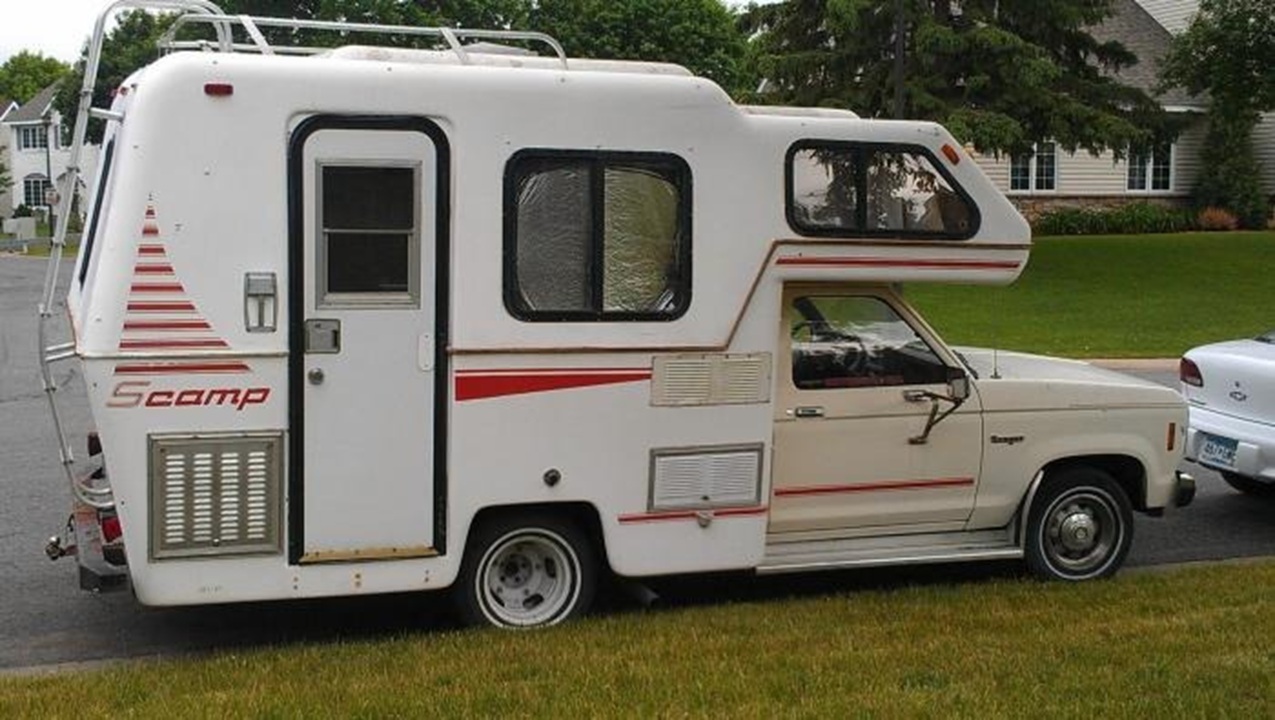
Scamp’s longevity almost speaks for itself, as it’s not at all hard to find one that’s 30 or 40 years old that’s in still in great shape. If you’ve somehow read all of my content this far without reading about Scamp, I’ll bring you up to speed by quoting myself:
It would take another decade for fiberglass to really take off with the first Boler. Canadian salesman Ray Olecko was fascinated with fiberglass; according to a letter sent by his daughter to the Boler-Camping blog, Olecko loved tinkering and building things. The letter recalls times when he constructed a tractor and a car from scrap metal. Working with fiberglass, he built a septic tank and slingshots. But it was his frustration with his family getting washed out of tents that inspired his next fiberglass creation.

First built in 1968, the 13-foot Boler promised ease of maintenance and a dry weight of just 800 pounds. Boler was a success and an inspiration for its own competition.
In 1971, RV remodeler Duane Eveland was approached by a representative for the U.S. arm of Boler. They struck a deal for Eveland’s company to build Bolers for the U.S. market. Eveland’s Inc. of Minnesota built Bolers for just a short period until Boler American went under in 1972. Determined to keep production going, Eveland and his siblings decided to keep building trailers, and the Scamp camper was born.
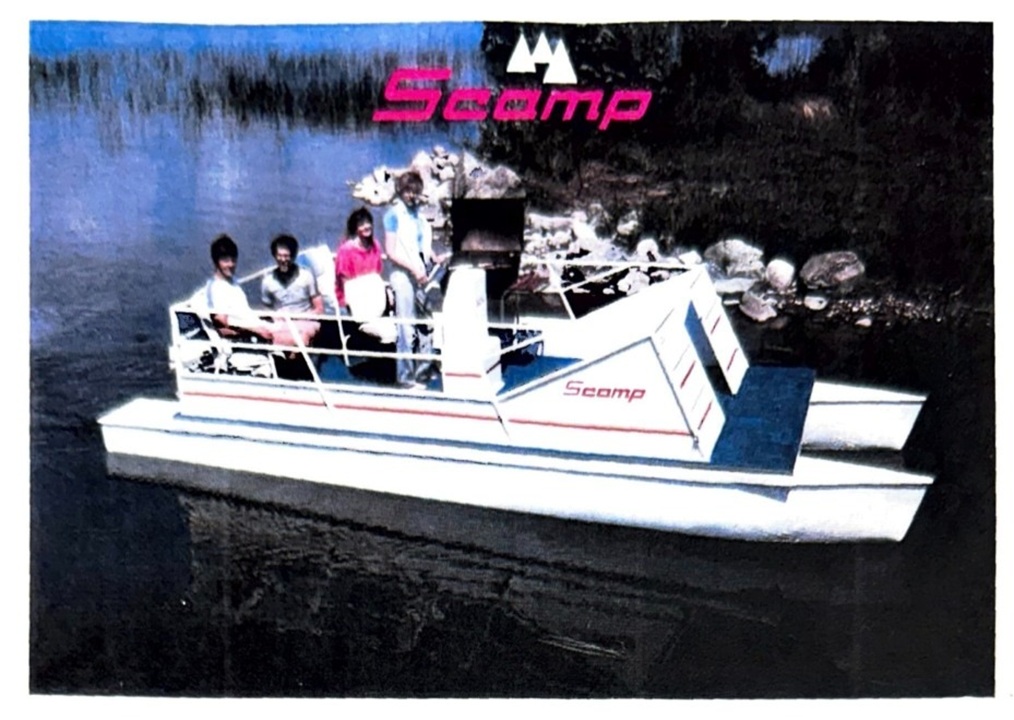
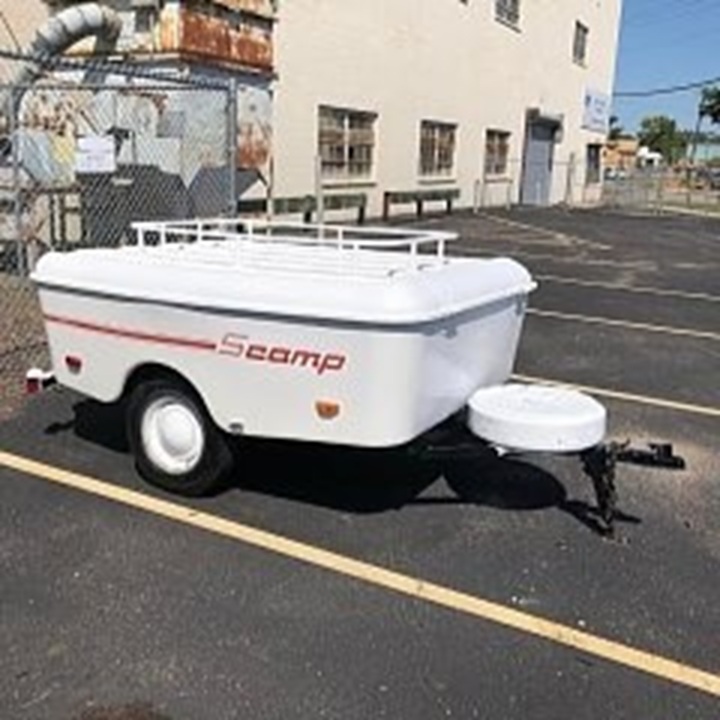
Scamp has survived all of this time without being gobbled up by one of the mega RV conglomerates. What’s also interesting is that Scamp does minimal advertising. The company has social media, but doesn’t show up to America’s largest RV shows. A Scamp camper is also a bit like a Chevrolet Express van, where the campers have had the same basic shape forever, but Scamp continually adds small improvements here and there. This is a long way of saying that Scamp is perhaps one of the brands that are the exception to the idea that you shouldn’t buy a camper new.
Scamp hasn’t built the same thing for all of that time. At various points in its history, it has attempted to branch out into other markets. Scamp used to build fiberglass cargo trailers and fiberglass pontoon boats. The company admits that these ventures weren’t successful, and so it went back to doing what it did best with small fiberglass campers.
The Scamp Mini Motor Home
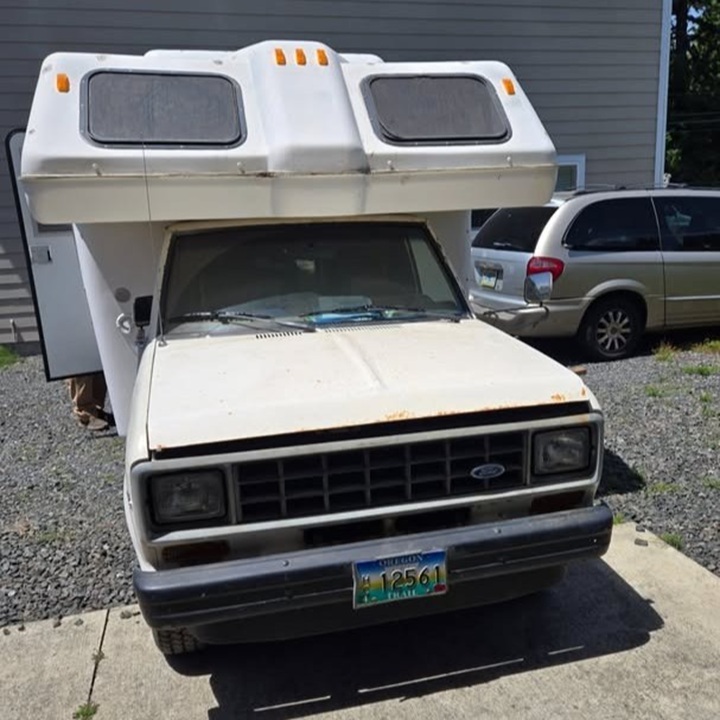
Then there was one more time when Scamp tried to do something different. In the mid-1980s, Scamp got into the motorhome market and then pulled out not long after.
According to Scamp Owners International, in the mid-1980s, Duane Eveland embarked on an experiment to expand Scamp’s product line. To facilitate this, Duane secured ten 1984 and 1985 Ford Rangers. These trucks were then outfitted with a custom fiberglass Scamp camper body. Scamp also put this body onto Dodge Dakota and Toyota Pickup chassis, and those are even rarer than the already impossibly rare Ford Ranger-based Scamp Mini Motor Homes.
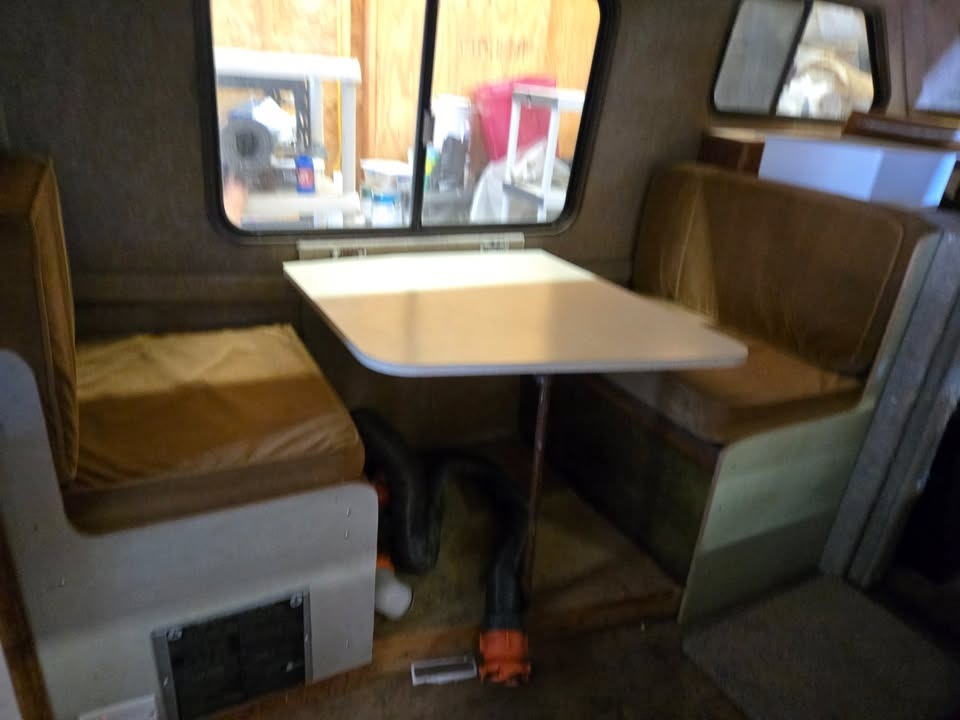
According to Ford Ranger enthusiast group The Ranger Station, the Ford-based Scamp Mini Motor Home was based on the first-generation Ford Ranger and sported a 2.8-liter Cologne V6 and a five-speed manual transmission. That V6 outputted 115 HP and 150 lb-ft of torque. That’s not a lot of power, but the engine also isn’t moving a ton of extra weight thanks to Scamp’s fiberglass body.
Inside that camper body was a pretty standard fare motorhome for the era. Occupants of the camper got to enjoy a dinette, refrigerator, stove, sink, furnace, and dry bath. Yep, somehow, Scamp fit a separate toilet and shower into this tiny motorhome. Scamp trimmed its motorhomes with wood cabinetry and carpet.
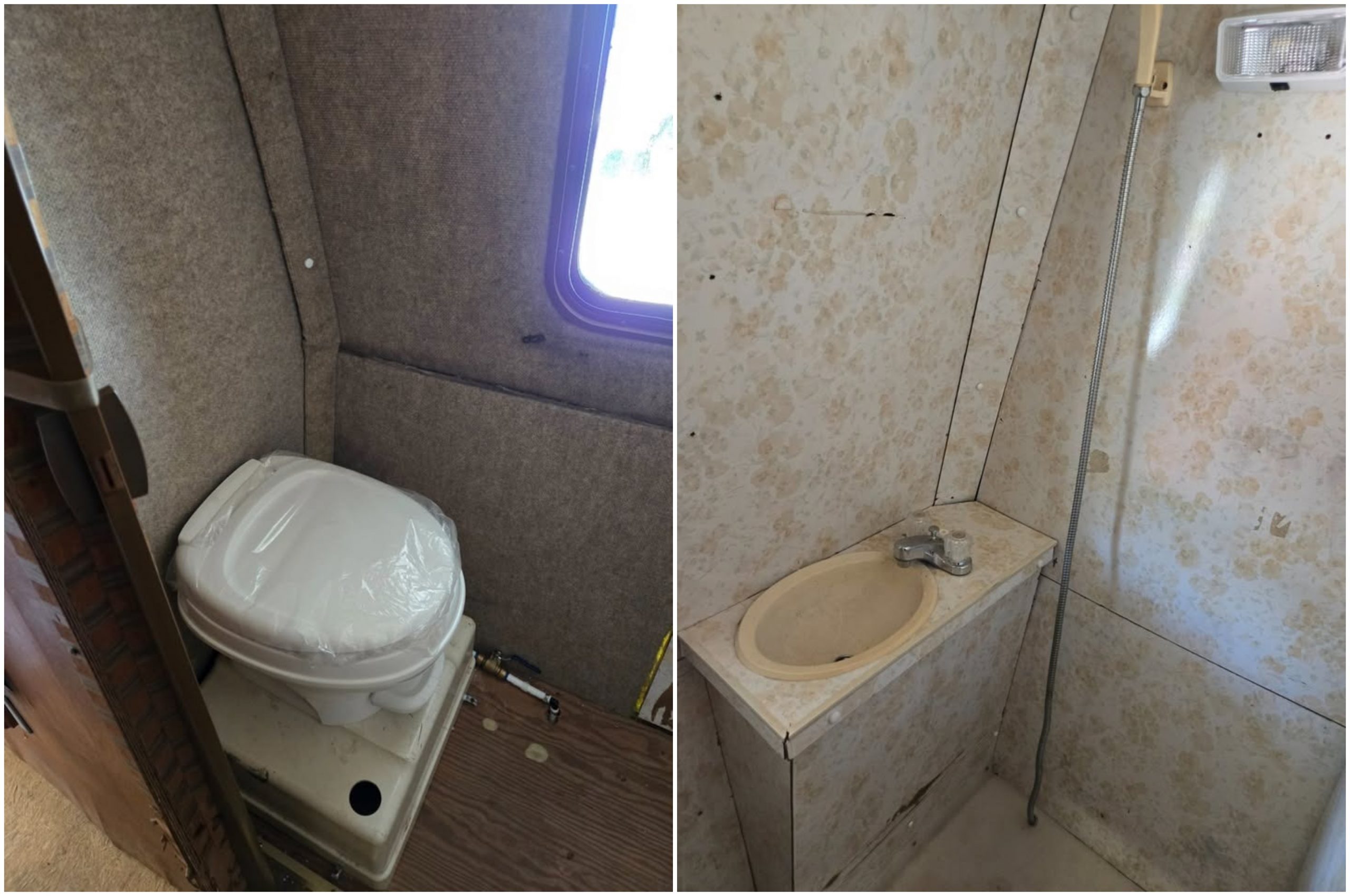
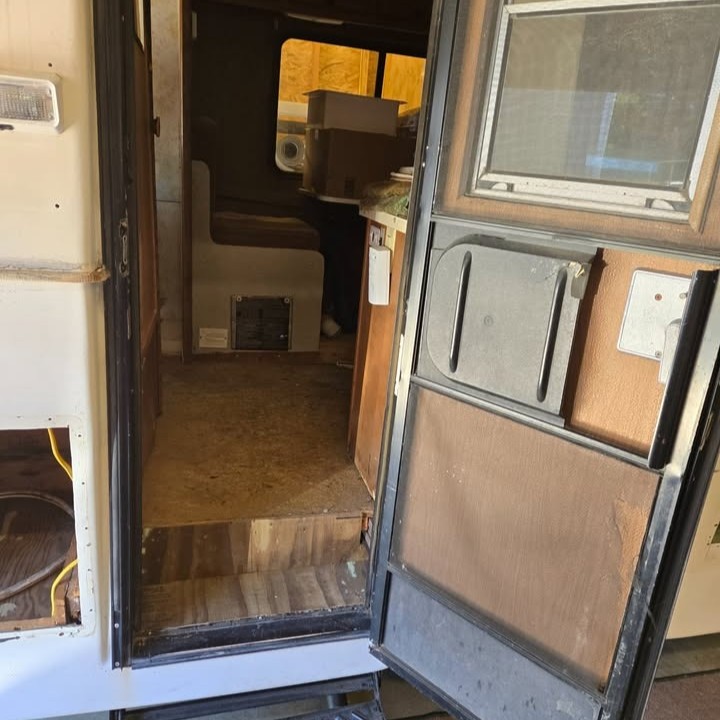
This example has gone most of the way through a rebuild. The seller claims that the motorhome’s rewiring has been redone, and other new parts include the furnace, water heater, propane lines, RV water pump, lights, water lines, power converter, toilet, and ceiling vent fan. A new 10-gallon fresh tank is also listed. Some original equipment remains, including the original refrigerator, wood trim, and stove.
The Ranger portion of the motorhome was also refreshed with a new windshield, exhaust, carburetor, brakes, hoses, belts, clutch, and more. That’s a ton of work, but as you can probably tell by the images, the project is only about 85 percent there. The seller says that the motorhome needs new tires, a new sewage line dump valve, new floors in the Ranger cab, a decal package for the motorhome body, and hatches for the exposed compartments.
Who Knows When You’ll See Another
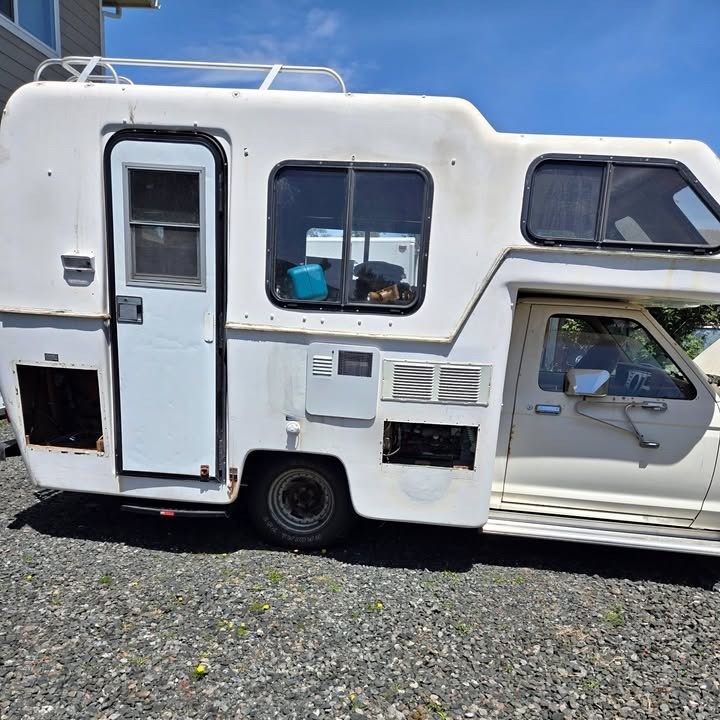
The seller says that you can get all of this for the price of $9,000. Sadly, due to the exposed compartments, I probably would refrain from enjoying a nice night under the stars after you drive it away from Coos Bay, Oregon. Well, at least until you slap on some new hatches.
Normally, I wouldn’t tell you to buy someone else’s project, however, I bet you’re beginning to see the problem here. Scamp says it made only 10 of these things due to lower demand than the company expected. Apparently, you’re looking at number eight. The Ranger Station says that only 14 were made, and nobody seems to know how many of the Toyota or Dodge versions were built. I haven’t seen a single listing for either of those, even archived. No matter how you slice it, once this one sells, who knows when you’ll see another or what condition it’ll be in.
If there’s any company that I think could successfully cash in on the current mini motorhome craze, I think it could be Scamp. It has the fame and the fans. However, Scamp is also a small company with limited resources, unlike Thor Industries or even Wingamm, and I can totally understand why Scamp has stayed the course. But, at least for the tiniest sliver of time in the 1980s, America’s coolest fiberglass camper maker built an awesome motorhome.
Topshot Graphic: TheRangerStation.com

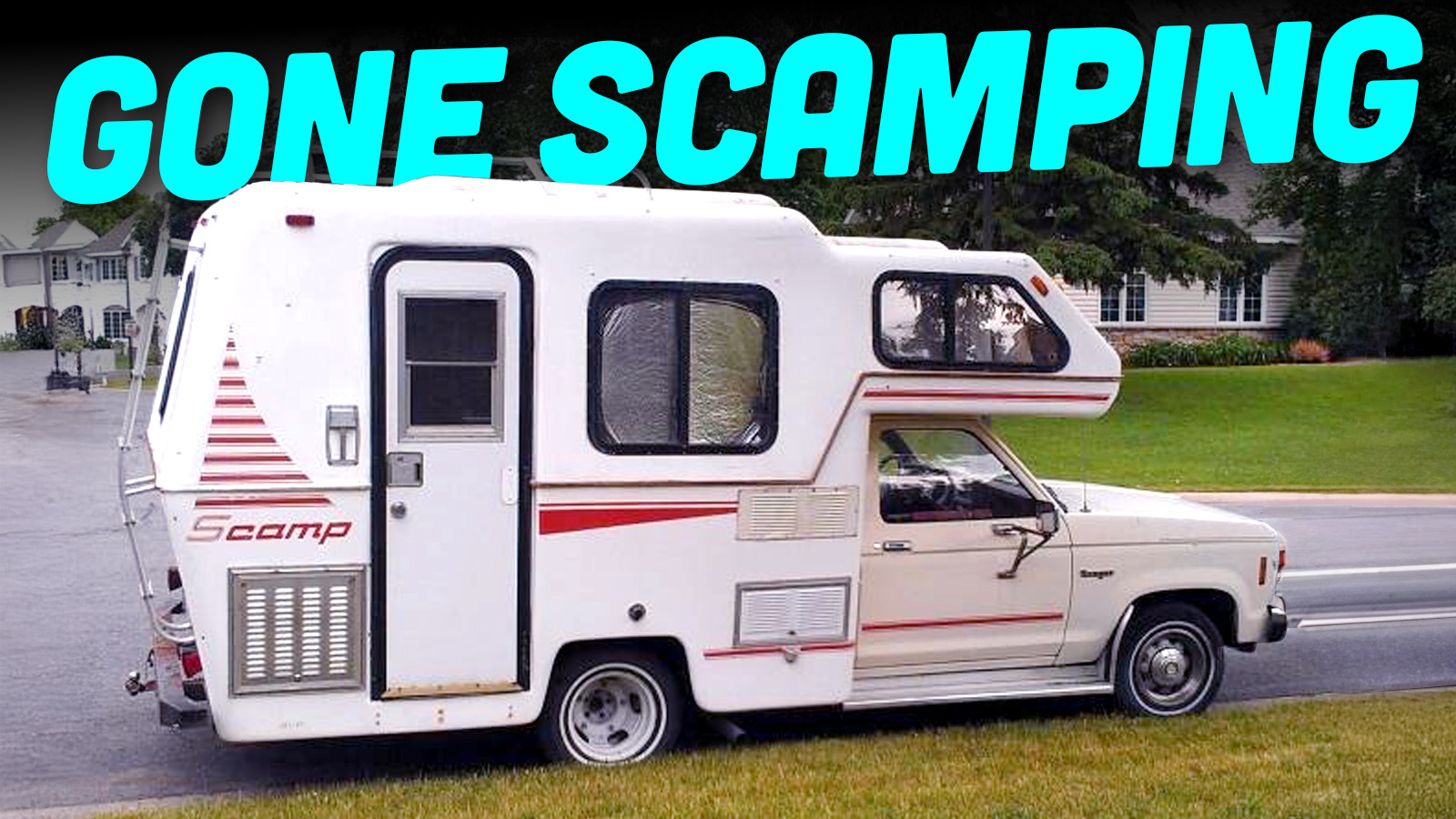







Remember the Toyota pickup (pre-Tacoma) was once U-Haul’s choice for small movers, too. Full size pickups are unnecessary. I’m so sad these vehicles are non-existent.
Just curious, were you related to Oompa Loompas on your mom’s side, or your dad’s?
While they catch flak for being an “open bottom” fiberglass unit, plywood floors are pretty easy to replace when you’ve got that nice solid shell.
It also helps they’re nearly half the price of competitors in some cases.
We’re gonna try out the small travel trailer life next year. If the family enjoys it, then I’m gonna look into investing in a fiberglass unit for the long-haul. We’re a family of 3 +dog, and my spouse is happy with tent camping, so we don’t need a rolling palace. I just want a bathroom and a real bed.
Great company. We toured the factory before it burned down years ago. I am glad they rebuilt and are still around and are a local company.
Looking at the RV door of the car for sale; “Aargh, my eyes, my eyes!” Looking back at the first press picture of the Camper… “Aargh, my eyes, my eyes!”. Seriously, how difficult is it to make the corners of the door frame of the body match the corners of the door?
(Being a designer, I would fire myself if I were to produce this terribly poor designed detail)
It looks slightly cleaner then most of the scamp trailers out there they have a way of looking like grime itself. The need some white knight and a gut job. On the other hand Rialtas always seem to look mint for some reason they are a weird mix of fiberglass Styrofoam and aluminum.
I know this truck,
I ain’t no stranger.
I know that Scamp,
that’s a Ford £#¢€in’ Ranger!”
Ford Scamp. Ford S-Camp.
The V6 was probably more powerful than the the 4 in a Toyota, although Toyota did offer a dually chassis. I suppose these would be the lightweight alternative to the Chinook motorhomes, both in size and cost, but as mentioned elsewhere market conditions were unfavorable. I’m glad Scamp survived to this day, and understands their niche
If this had just been 1 year newer it would’ve been powered by the 2.9 Cologne with EFI. Much improved acceleration, smoother performance and same fuel economy.
What a great combination- the rugged durability of a first gen Ranger combined with the rugged durability of a Scamp, plus the fiberglass Scamp body replacing the Ranger’s bed cuts down on some of the Achilles’ heel rust issues the pickup faced
Kind of a shame, but the timing was hugely wrong. Lots of the stick-built Toyota motorhomes were already falling apart. At least the Toyota had a “1-ton” suspension and dual rear wheels. Interest rates were still pretty high in 83-4. The only way to salvage this one is to gut it to the skin and start fresh… and maybe swap in a 302
That interior looks disgusting. I’ll pass.